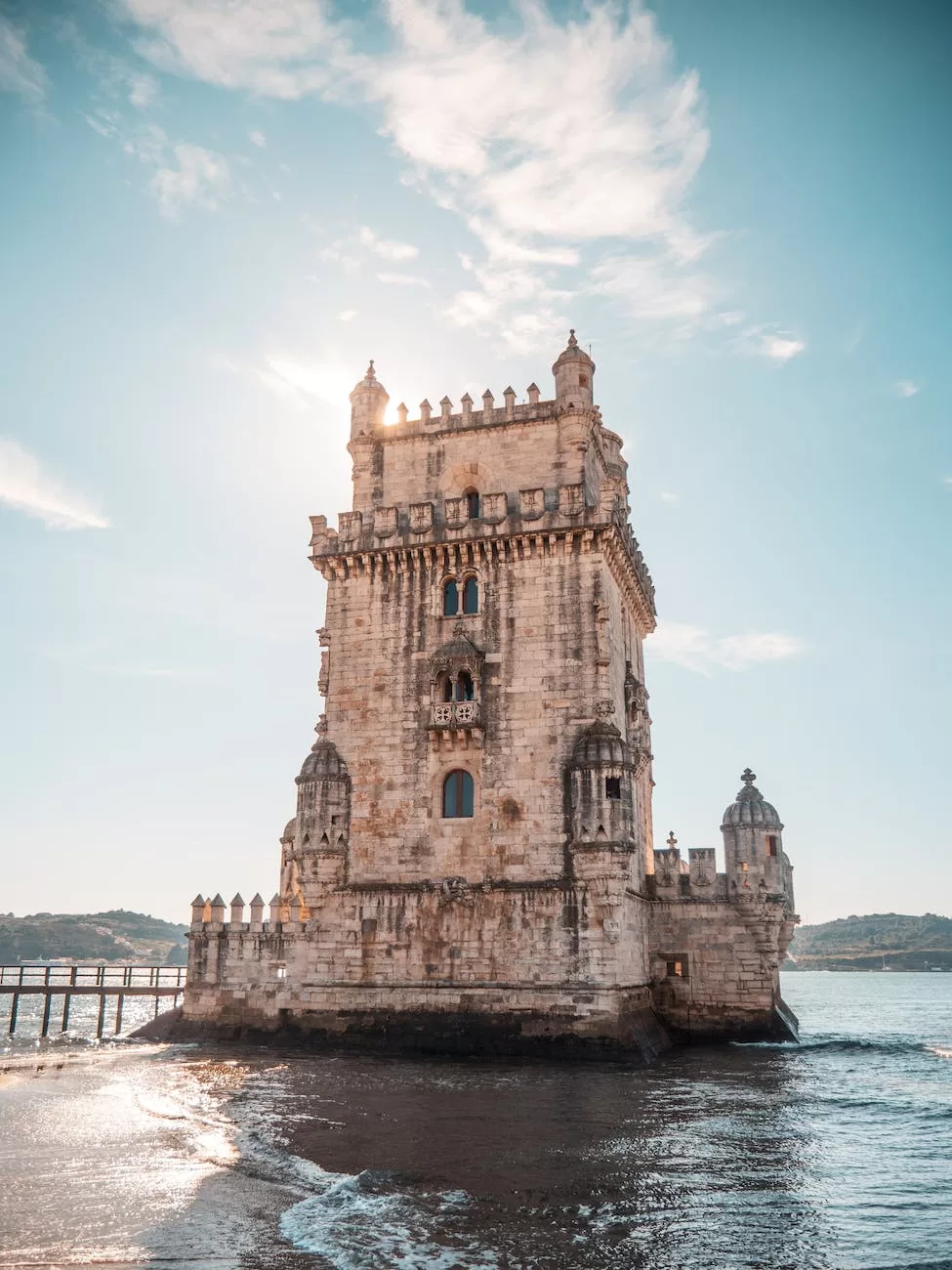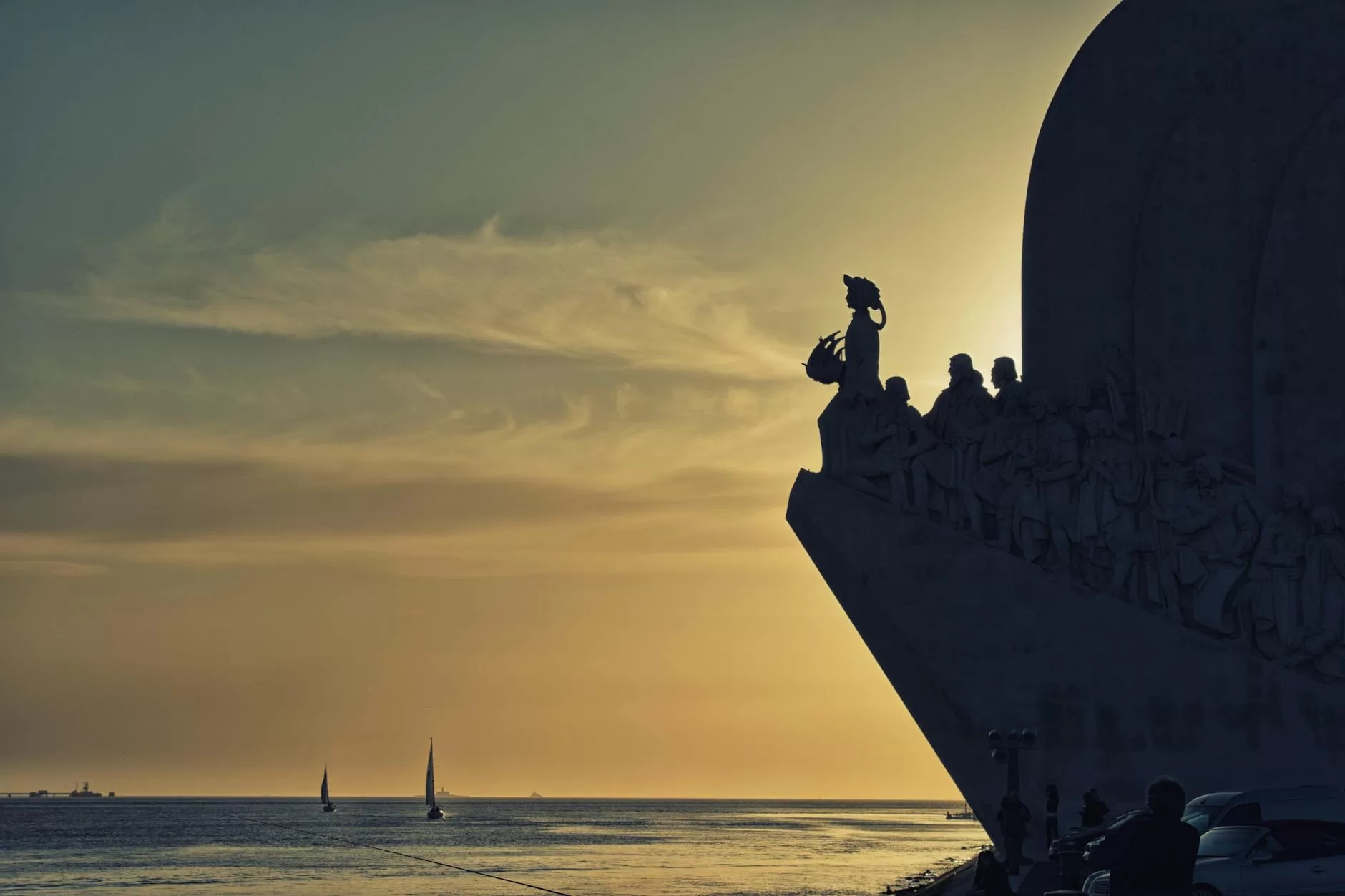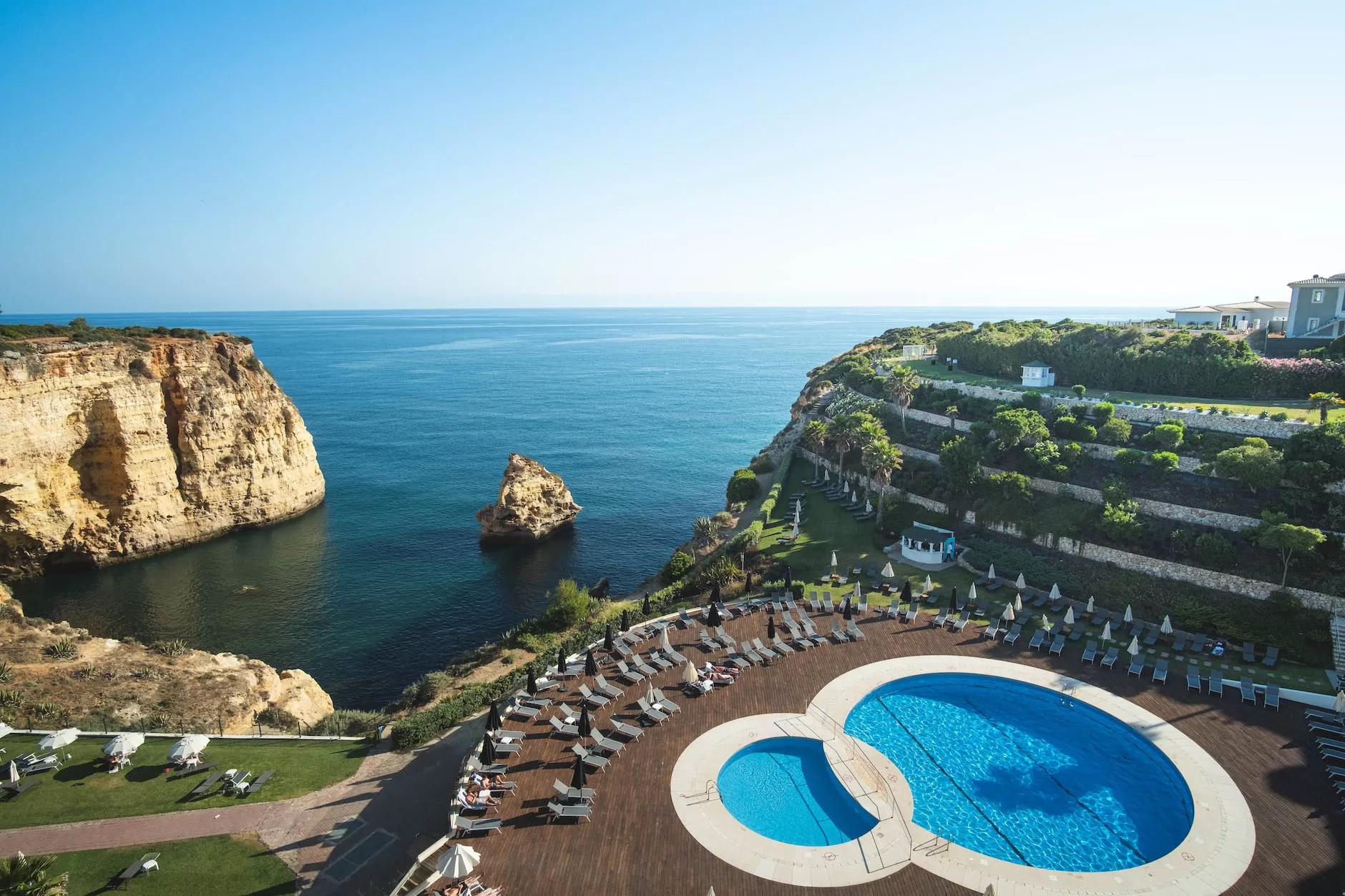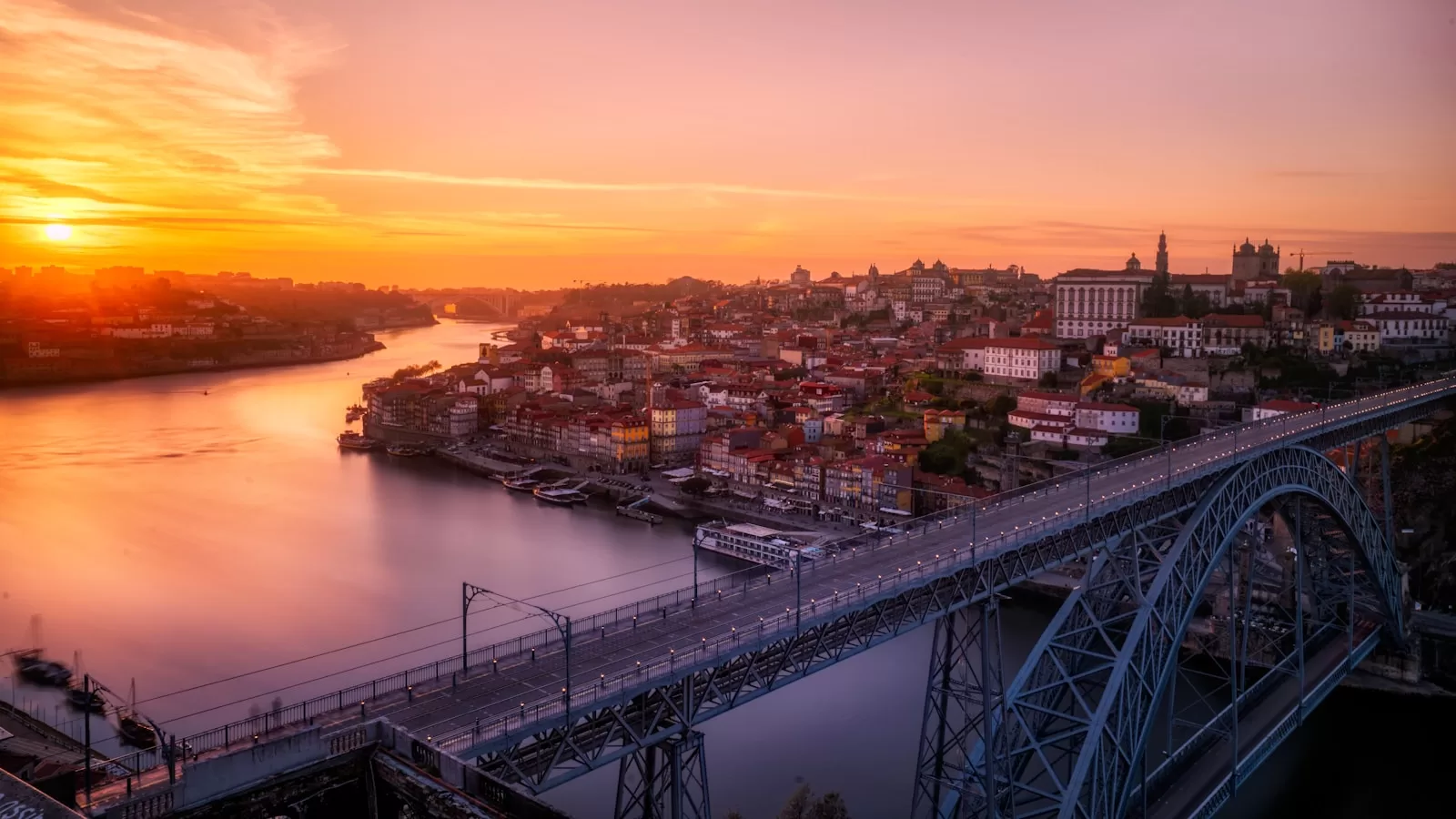Standing proudly on the banks of the Tagus River is Lisbon’s Padrão dos Descobrimentos, or Monument to the Discoveries. It is a monumental tribute to Portugal’s Age of Exploration. Therefore, this iconic structure, shaped like a ship’s prow, pays homage to the intrepid navigators, cartographers, and adventurers. These people shaped maritime history during the 15th and 16th centuries. As you approach this striking monument, you will notice the intricate carvings and towering figures. They celebrate the spirit of exploration that defined Portugal’s golden age.
The Belém District is called Santa Maria de Belém parish within the western limits of Lisbon, Portugal. The district is along the northern shore of the Tagus (Tejo) River estuary near its outlet to the Atlantic Ocean.
Lisbon’s most crucial monument, Padrao dos Descobrimentos, is in the Belém District. Therefore, if you are heading to the western portion of Lisbon, you should check out this photogenic monument.
Join me as we unravel the layers of history and symbolism embedded in the Padrão dos Descobrimentos. It is a testament to the nation’s maritime prowess and fearless spirit.
Welcome Back Vagabonds!
Welcome to “Atypical Vagabond,” a portal to a realm where boundaries blur and conventional paths diverge. Here, we delve into the world of unconventional exploration and celebrate the art of wandering without constraints. Join us as we uncover hidden gems, unravel the tales of unconventional nomads, and delve into the transformative experiences that await those who dare to embrace the call of wanderlust.
A strong desire for freedom often arises in a busy world of daily routines and societal pressures. We become fascinated by the exciting appeal of unfamiliar places, the mysterious call of undiscovered destinations, and the life-changing influence of travel. In these instances, we awaken the spirit of the unconventional traveler — the wanderer who desires to explore the world and embark on a journey of self-discovery and personal freedom.
Padrao dos Descobrimentos

If you are interested in learning more about the Padrao dos Descobrimentos monument, we are here to provide you with the history of the creation.
Authored by architect Cottinelli Telmo (1897 – 1948) and sculptor Leopoldo de Almeida (1898 – 1975), the Standard of Discoveries was first erected in 1940, briefly and integrated into the Exhibition of the Portuguese World. The sculpture has light iron and cement inside the structure.
In 1960, on the occasion of the celebrations of the 500th anniversary of the death of Infante D. Henrique, the rebuilding of The Standard in concrete and rose stone occurred from stone in Leiria, and the sculptures in limestone stone from Sintra. In 1985, it was inaugurated as a Cultural Center of Discoveries. The architect Fernando Ramalho remodeled the interior, providing the Standard with a viewpoint, auditorium, and exhibition rooms.
A Highlight in the Belém District

Isolated and highlighted on the edge of the Tagus, the Pattern of Discoveries is a commemorative mark. In the middle of the 20th century, of all the time of non-European conquest and exploitation, driven by the kings of the dynasty of Avis and centered on the action of Infante D. Henry, Lord of the Military Order of Christ.
15th Century
Therefore, this time in power from the 15th century, the statue sat in front of the Monastery of Santa Maria de Belém. Around it, the birth of myths occurred.
A caravel symbolizes the sea, leading to the bow Infante D. Henrique and some of the protagonists of the overseas expansion. The structure highlights the culture of the time: navigators, cartographers, warriors, colonizers, evangelizes, chroniclers, and artists. The portrayal of these historic figures symbolizes their influence on Portuguese culture.
A stylized mast, with a North-South orientation, has on each of the faces two Portuguese shields with five corners, surrounded by a strip with 12 castles and, in the center, several fleurs-de-lis. At the mast, three triangular, curved structures are on each face, giving the illusion of sails lifted by the wind.

The north face possesses two mastic giants with inscriptions in metallic letters:
On the left side, over an anchor: AO INFANTE D. HENRY AND THE PORTUGUESE WHO DISCOVERED THE WAYS OF THE SEA;
On the opposite side, on a laurel wreath: IN THE V CENTENARY OF INFANTE D. HENRIQUE 1460 – 1960.
In the center, a nine-step loop gives access to a lobby overlooking the entire area surrounding the Standard. A second round of five stairs, a portal with a perfect turn arch, and a frame formed by the arches provide access to the interior of the Monument.
The side of the Padrao dos Descobrimentos Monument has two metal armillary spheres on two parallelepipedic platforms.
Technical characteristics:
Height – 56m; Width – 20m; Length – 46m; Foundations – 20m
The central figure (Infante) – 9m Side figures (32) – 7m
The Portuguese World Exhibition – June 23 – December 2, 1940

The option for constructing the Portuguese World Exhibition in Belém intended to provide a symbolic relationship of Portugal with the Tagus River. Therefore, it was a place from where the vessels departed to explore seas and unknown lands. The Jerónimos Monastery extends the exhibition space from Praça Afonso de Albuquerque to the Torre de Belém.
The exhibition was near the Praça do Império, an articulating space for the pavilions. Special sections take advantage of the relationship with the Tagus River and the scenery of the Jerónimos Monastery.
The center of the ” Monumental Source,” the square, was the leading exhibition. To the west by the Pavilion of the Portuguese in the World, by Cottinelli Telmo (1897-1948), and to the east by the “Pavilhão da Honor and Lisbon,” by Cristino da Silva (1896-1976). Perpendicular is the river.
To top off the square to the south was the “Water mirror” by António Lino and the monument “Standard of the Discoveries.” Cottinelli Telmo also authored it with Leopoldo de Almeida (1898-1975).
A ship is placed on the dock of Belém with the square as a symbolic element. It symbolized the “Nau de Portugal,” a fanciful recreation of a Portuguese ship from the 17th-18th century.
Henriquianan Celebrations – 1960
In 1960, on the occasion of commemorating the 500th anniversary of the death of Infante D. Henrique. The rebuilding of the structure in concrete and rose stone was from stone in Leiria, and the sculptures in limestone stone from Sintra.
The design of the project was by Cottinelli Telmo and he carried out the project according to the guidelines of António Pardal Monteiro. Engineers Edgar Cardoso, Ruy Correia, and António Abreu wrote the stability studies. António Pardal Monteiro and the arrangement of the surrounding area by the architect Cristino da Silva performed the work in the interior.
Leopoldo de Almeida made the sculptures with the help of sculptors Soares Branco and António Santos.
Atypical Last Thoughts

As you conclude your visit to the Padrão dos Descobrimentos, I hope it creates a profound connection to Portugal’s maritime heritage. I know it did for me. It is more than just an architectural marvel. The monument serves as a poignant reminder of the fearless spirit that defined the Age of Exploration. The intricate carvings and imposing figures tell the stories of dangerous journeys, shaping history.
Standing on the banks of the Tagus River, the panoramic view allows you to reflect. It is wild to think about those who sailed into the unknown, driven by an insatiable curiosity about the world. The Padrão dos Descobrimentos encapsulates the ethos of discovery and with each step around its circumference. You will traverse through time, absorbing the nuances of Portugal’s golden age. The symbolism embedded in every detail invites contemplation about the sacrifices, triumphs, and indomitable human spirit that defined an era.
Cherish this memory
As you walk away from this maritime masterpiece, I believe it will be an experience you cherish. The Padrão dos Descobrimentos isn’t merely a historical monument. It’s an immersive journey into the past. Therefore, the experiences should foster a deep appreciation for those who dared to dream and venture beyond the horizon. The lessons leave an indelible mark on your understanding of Portugal’s rich and enduring legacy.
Subscribe
Are you an avid traveler seeking inspiration for your next adventure? Look no further than the Atypical Vagabonds newsletter. By subscribing to our newsletter, you gain access to a treasure trove of travel tips, destination guides, and captivating stories from around the globe. Our knowledge in exploring off-the-beaten-path destinations. We offer a refreshing perspective on travel, encouraging you to embrace the unconventional and discover unique experiences. Join the community today and let our wanderlust-inducing content inspire you. Therefore, you can embark on extraordinary journeys. Subscribe to receive their latest updates directly in your inbox and never miss a travel adventure again.
Donations
Love what you’re seeing on Atypical Vagabond? Help us keep the adventures coming! Consider donating through PayPal’s secure payment system. Every contribution goes a long way in fueling our mission to bring you more thrilling content and unforgettable experiences. Join us in shaping the future of travel—donate today!




Leave a Reply